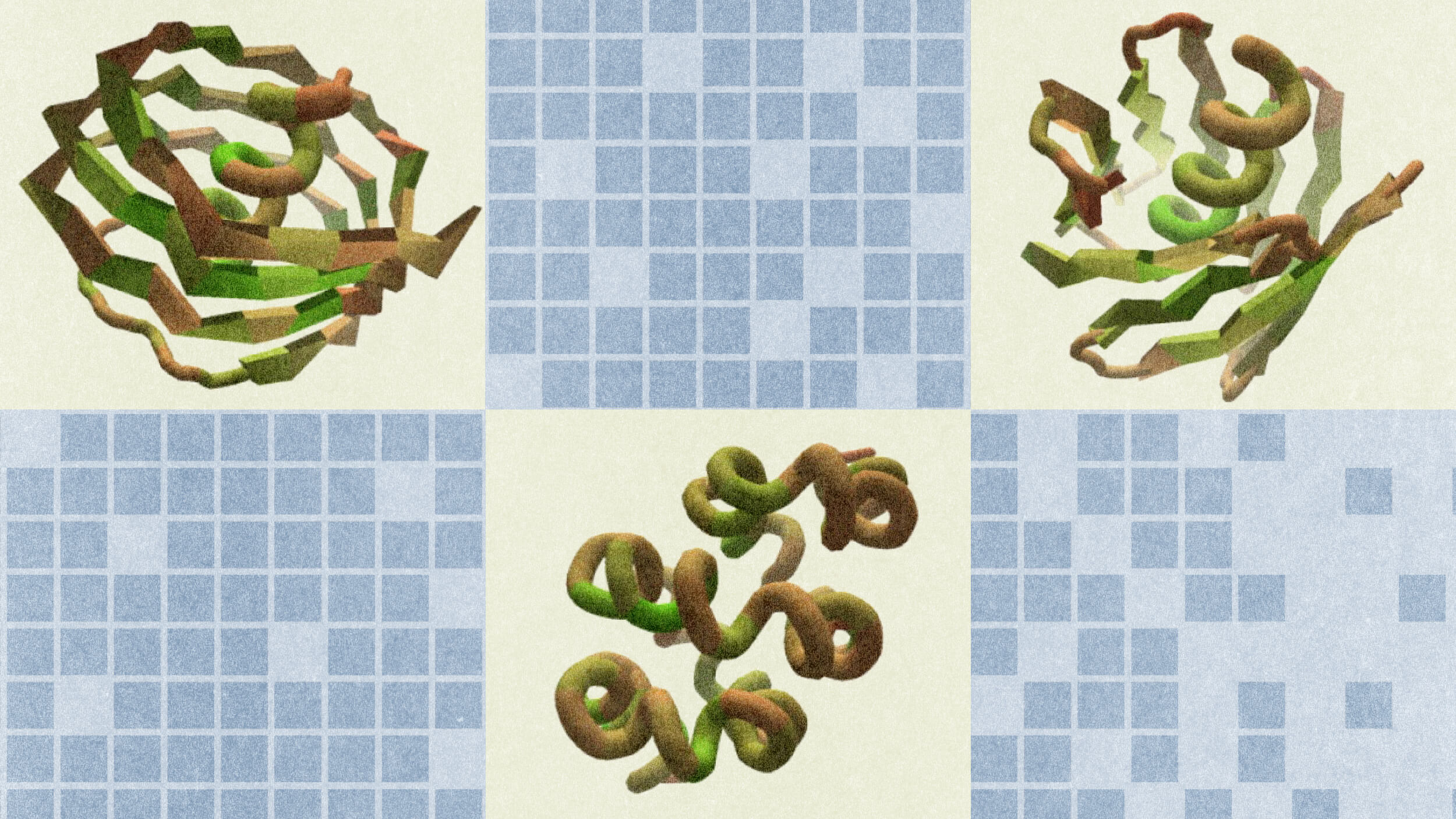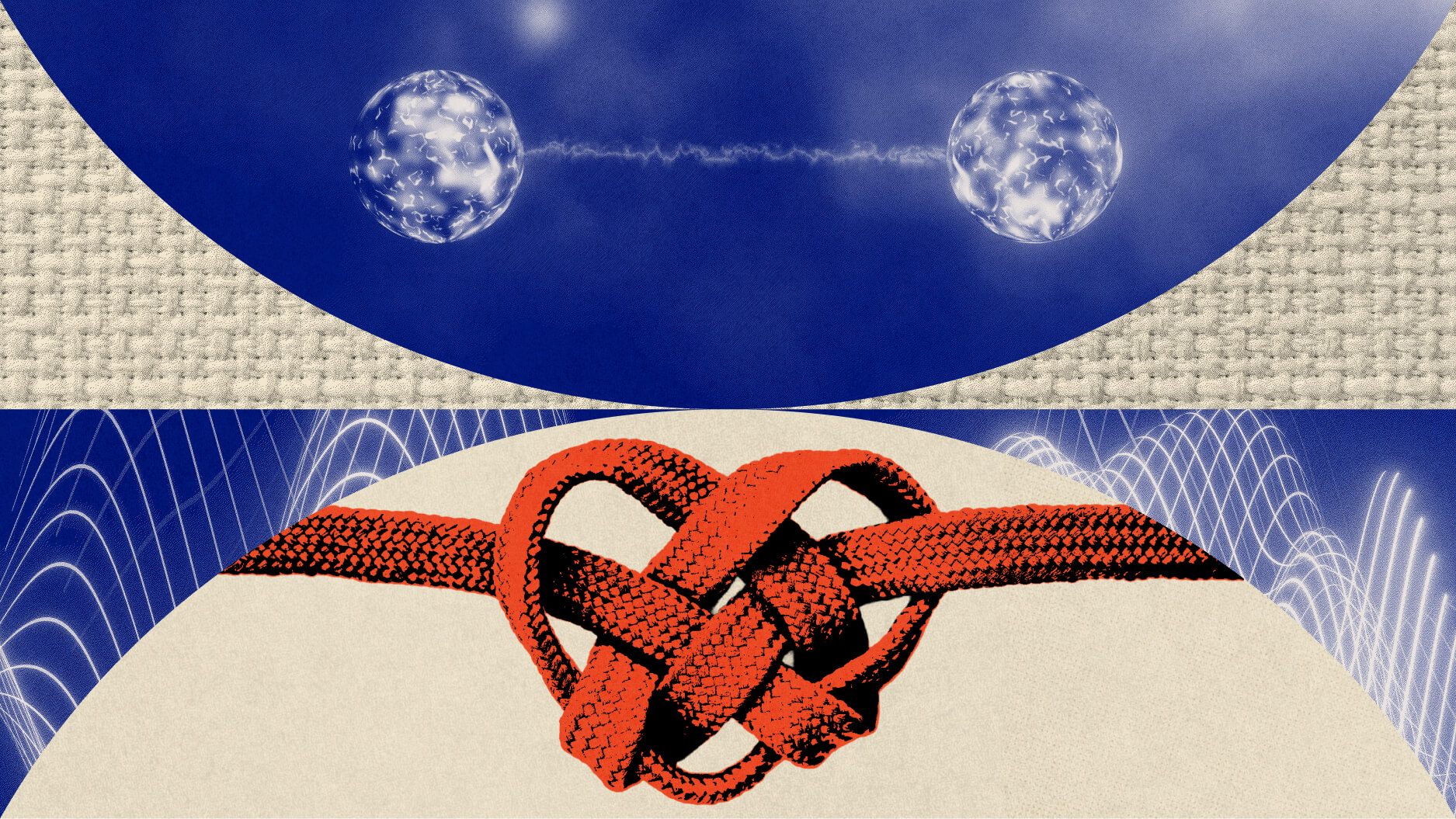The U.S.-Mexico border fence carries a “terrible” symbolic message, but virtually no practical impact.
Question: How would you characterize current U.S.-Mexico relations?
rnJorge Castañeda: Well, the divergences are great than ever in terms of the disparity in economic growth and income and standards of living. If, maybe, 30 years ago the ratio was six or seven to one, now it’s maybe eight or nine to one. So, despite huge progress that has been achieved in Mexico over the last 15 years, the fact is that there is a great gap between the United States and Mexico or between Canada, the United States and Mexico, than there has been before. And, unfortunately, that has not changed; it’s getting worse.
rnOn immigration, nothing really has happened since 2007 and the issue, up to a point, has been laid to rest by the US recession because some Americans have the impression that fewer Mexicans are coming to the US, which is probably true, some have the impression that more are returning to Mexico. That’s probably not true. But, the fact is that once the US economy picks up again, and it will at some point, demand for low wage, low skill Mexican labor will return to where it was a few years ago and we will be back to 300-, 350,000, 400,000 Mexicans entering the United States without papers every year. And so, the whole immigration issue will come back to haunt both countries because they really haven’t don’t anything to address it.
rnQuestion: What does the U.S.-Mexico border fence say about relations between the two countries?
rnJorge Castañeda: Well, I think there’s two aspects to it. There's the emblematic or symbolic one, which is, it’s a terrible message to send to both societies that the United States wants to build a wall or is building a wall to try and keep people out or, for that matter, to keep things in, like guns or money or chemicals. It’s a lousy idea, it sends the wrong message. This is not the type of symbol that you want erected on the border between two countries that seek to be closer and closer friends and allies and partners over the years.
rnOn the other hand, it’s also true that the fence is not exactly being constructed in a huge rush. It’s taking forever. Very few miles have actually been built. Most of the miles where it’s been built are uninhabited. I don’t think that it is that much of a big deal. I think that too much was made of it. It’s, as I said, for symbolic reasons, but in terms of actually deterring Mexicans from entering the United States, I don’t think it will have any effect whatsoever.
Recorded on February 1, 2010
Interviewed by Austin Allen





